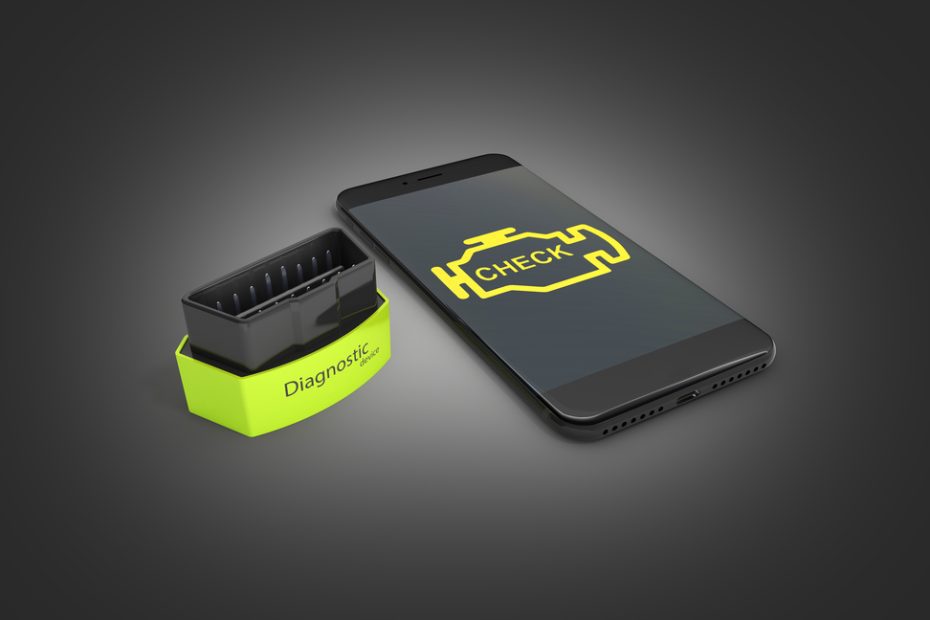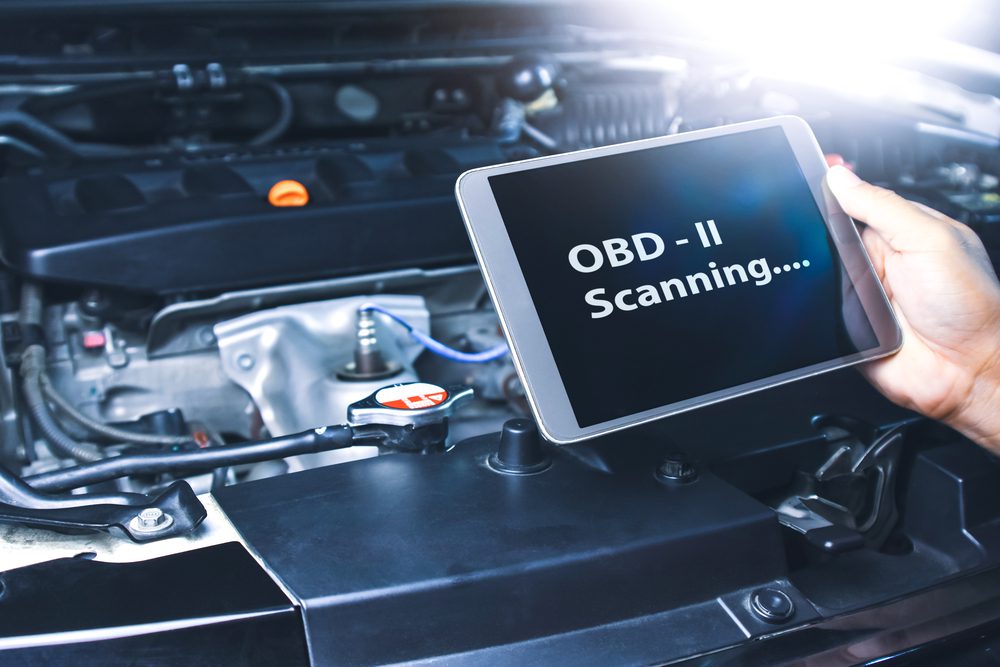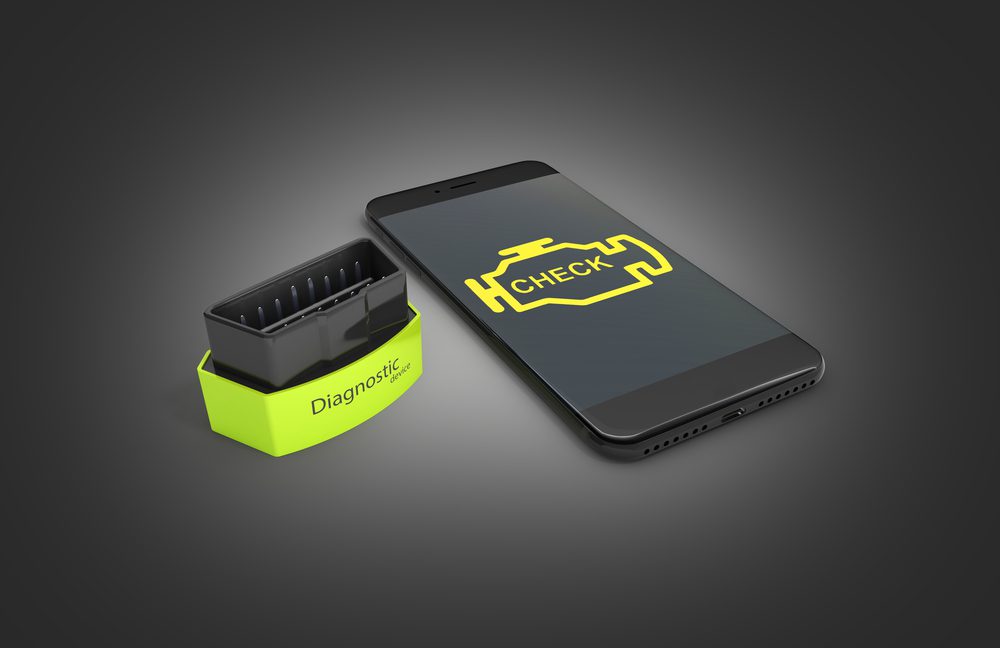What is the difference between an OBD2 reader and an OBD2 scanner?
Introduction
If you own a car, you may have heard about OBD2 readers and OBD2 scanners. These devices have become popular among car owners and mechanics alike for their ability to diagnose and troubleshoot issues in vehicles. However, many people are confused about the difference between an OBD2 reader and an OBD2 scanner. In this article, we will explain the distinction between the two and help you understand which one is right for your needs.
OBD2 Reader
An OBD2 reader, also known as an OBD2 code reader or diagnostic code reader, is a basic device that allows you to retrieve and clear diagnostic trouble codes (DTCs) from your vehicle’s onboard computer system. It is typically a handheld device with a small screen that displays the codes and provides some basic information about the issue. OBD2 readers are generally more affordable compared to scanners and are suitable for DIY car owners who want to perform simple diagnostics on their vehicles.
OBD2 Scanner
On the other hand, an OBD2 scanner is a more advanced diagnostic tool that offers additional features and capabilities compared to an OBD2 reader. Unlike a reader, a scanner can not only read and clear DTCs but also provide real-time data, perform advanced diagnostics, and access various modules and sensors in your vehicle. Scanners are commonly used by professional mechanics or enthusiasts who require in-depth information and want to analyze live data from multiple systems within the car.
Differences in Functionality
The main difference between an OBD2 reader and an OBD2 scanner lies in their functionality. While both devices can read and clear DTCs, a scanner goes beyond that by providing more comprehensive vehicle information. With an OBD2 scanner, you can monitor live data such as engine RPM, fuel efficiency, coolant temperature, and more. Scanners also offer advanced diagnostics, allowing you to perform component testing, reset service lights, and access additional vehicle systems.
Cost and Accessibility
In terms of cost, OBD2 readers are generally more affordable compared to scanners. Due to their basic functionality, readers are often priced lower and are widely accessible for individual car owners. On the other hand, OBD2 scanners tend to be pricier due to their advanced features and capabilities. However, as technology advances, the price gap between readers and scanners has been narrowing, making scanners more accessible to a wider audience.
Which One Should You Choose?
The choice between an OBD2 reader and an OBD2 scanner depends on your specific needs and requirements. If you are a casual car owner who wants to perform simple diagnostics or clear basic trouble codes, an OBD2 reader will suffice. It is easy to use, affordable, and provides essential information about your vehicle’s health.
However, if you are a professional mechanic or an enthusiast who wants to have a deeper understanding of your car’s performance and diagnose complex issues, an OBD2 scanner would be the better option. A scanner offers advanced features, real-time data monitoring, and the ability to access multiple vehicle systems, providing you with a comprehensive diagnostic experience.
Tip: Before purchasing an OBD2 reader or a scanner, make sure it is compatible with your vehicle’s make and model. Additionally, consider the brand reputation, reviews, and the level of technical support provided by the manufacturer.
What is the difference between a code reader and a diagnostic scanner?
A code reader and a diagnostic scanner are both essential tools used in automotive diagnostics, but they serve slightly different purposes. Understanding the difference between these two devices can help you choose the right tool for your needs.
Code Reader
A code reader is a basic diagnostic tool that retrieves and displays trouble codes from your vehicle’s onboard computer system. It is primarily used to identify and clear engine-related fault codes. Code readers are generally more affordable and user-friendly compared to diagnostic scanners.
With a code reader, you can connect it to the OBD2 port of your car and retrieve the specific codes related to engine issues. These codes provide information about the problem, enabling you to troubleshoot and determine the necessary repairs. However, code readers typically have limited functionality beyond reading and clearing codes.
Diagnostic Scanner
A diagnostic scanner, on the other hand, is a more advanced tool that not only retrieves trouble codes but also provides additional diagnostic capabilities. It can read and interpret codes from various vehicle systems such as engine, transmission, ABS, airbag, and more. Diagnostic scanners offer a wider range of functions and features compared to code readers.
Unlike code readers, diagnostic scanners often come with built-in software that allows you to access real-time data from your vehicle’s sensors. This data can include live engine parameters, sensor readings, and other information that can help pinpoint the root cause of a problem.
Differences in Functionality
While code readers are limited to reading and clearing trouble codes, diagnostic scanners offer additional functionalities such as:
- Live data streaming
- Graphing and recording data
- Running system tests
- Resetting maintenance lights and service reminders
- Performing advanced diagnostics across multiple systems
Choosing the Right Tool
The choice between a code reader and a diagnostic scanner depends on your specific needs and budget. If you only require basic code reading and clearing functions, a code reader would suffice. However, if you want more in-depth diagnostic capabilities and access to live data, a diagnostic scanner is recommended.
Code readers are like a snapshot of your car’s health, while diagnostic scanners provide a full diagnostic report.” – Car Diagnostic Expert
It’s important to note that the compatibility of these tools may vary depending on the vehicle make and model. Always ensure that your chosen device is compatible with your vehicle’s OBD2 system to avoid any compatibility issues.
In conclusion, both code readers and diagnostic scanners play important roles in automotive diagnostics. The choice depends on your requirements, level of expertise, and budget. Understanding their differences will help you make an informed decision when it comes to diagnosing and maintaining your vehicle.



